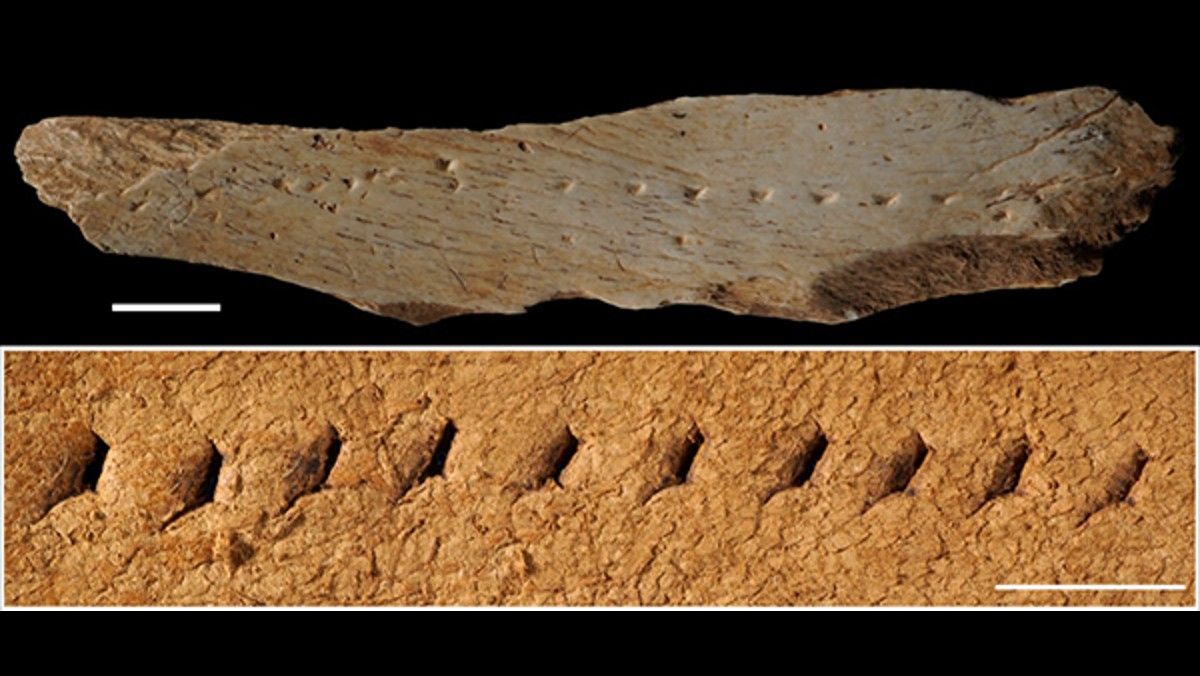Discovered in the archaeological site of Canyars (Gavà) an instrument used to pierce leather during the Paleolithic
Imagine that you are a ‘sapiens’ that swarmed the Iberian Peninsula about 39,000 years ago. To survive, you need to meet basic needs such as food, hydration and, of course, dressing for the weather (If not, he will tell me what is the use of being well fed when the thermometers drop below zero and the cold gets into the bones). What would you do to dress? How would you get your clothes? Would it be clear what I have to do to sew it? A study published this Wednesday in the journal ‘Science Advances’ reveals a technique used by ancient ‘sapiens’ to sew their clothing.
The discovery, led by a group of researchers from the University of Barcelona, has been made in the archaeological site of Canyars, in Gavà (Barcelona). There they have been found instrument made from a mammal bone in which 28 perforations are observed. Experts believe that this tool, probably made from the remains of a horse or a large bovine, was used to make precise and symmetrical holes in leather fabrics. According to the researchers, everything points to the fact that this guide made it possible to trace up to 10 equidistant stitches with a mean of 5 mm between each. That is, with impressive precision.
«We have found the first evidence of the use of burins to pierce the skin. The Canyars bone tells us that ‘sapiens’ have enough technology to pierce the skin and thus make tight-fitting suits, shoes and tents», explains Montserrat Sanz, one of the researchers used in this study. According to the scientific team who has led this investigation, the Remains found in Gava They are at least 39,600 years old and correspond to the Aurignacian period. Everything indicates that they belonged to modern humans who lived at that time on the east coast of the Iberian Peninsula.
before the needles
Related news
The tool found in the Canyars deposit is considered as a predecessor of sewing needles. Experts, in fact, estimate that these instruments for piercing leather appeared about 14,000 years before sewing needles. «This discovery provides essential new data for understanding the Paleolithic sewing practices – otherwise inaccessible – by studying the tools used to pierce the skin», explain the scientists who have led this work.
«This discovery provides essential new data for understanding Paleolithic sewing practices»
The study of ancient sewing techniques, as well as the clothing of these ‘sapiens’, is key to understand the evolution of our species. Especially since the creation of clothing allowed our ancestors to survive episodes of climatic extremes. «The Canyars site corresponds to a particularly cold climatic moment, with very low temperatures and a context of aridity. For this reason, the manufacture of clothing was a very important tool that helped human populations withstand cold temperatures«, explains Joan Daura, one of the researchers who has led this work.

